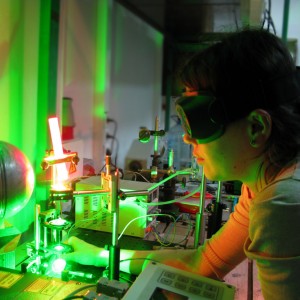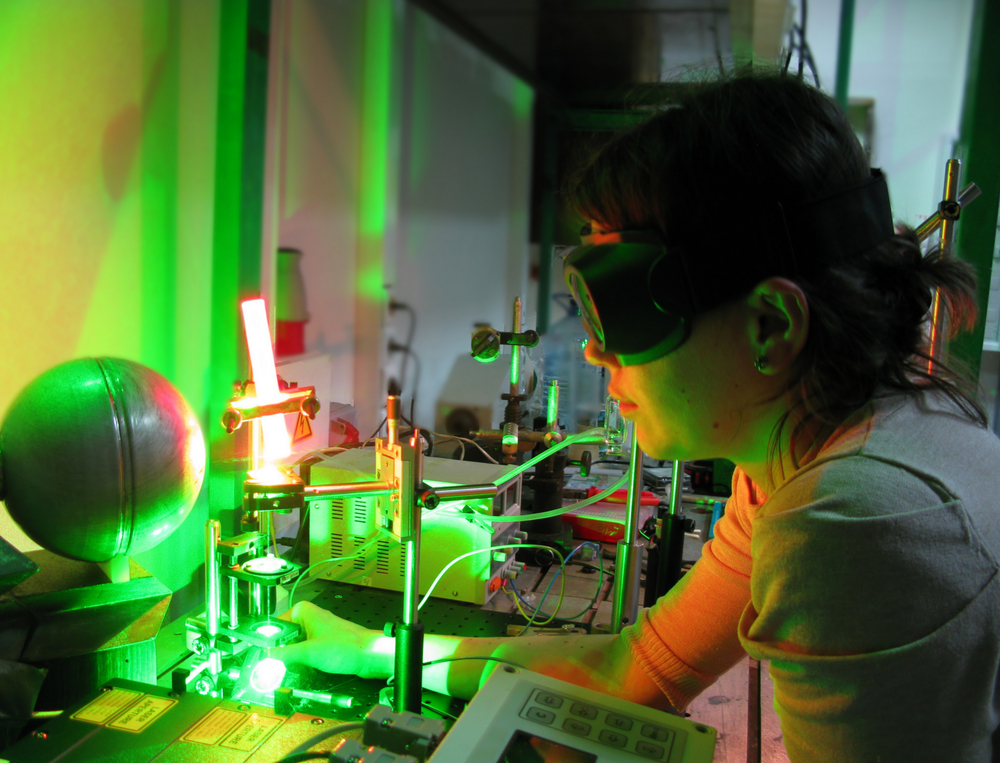 A universal approach to particle beam therapy dosimetry is in the works at the National Physical Laboratory (NPL). Together with EMRP partners, researchers at NPL are investigating a way to change the traditional methodology of tracking administered radiation dose through biological weighting factors.
A universal approach to particle beam therapy dosimetry is in the works at the National Physical Laboratory (NPL). Together with EMRP partners, researchers at NPL are investigating a way to change the traditional methodology of tracking administered radiation dose through biological weighting factors.
The current standard of quantifying administered dose for proton and carbon ion beam radiotherapy is determining the product of absorbed dose to water and a biological weighting factor, which depends on the characteristics of particle type and energy and biological responses of cells to radiation. This method introduces error and variation among measurements, as various approaches are used–often inconsistently–to determine biological weighting factors. This can lead to confusion and possible risks to patients, negating the added benefits of particle beam therapies, which include superior dose characteristics and preservation of healthy tissues surrounding treated tumors.
While researchers at MD Anderson Cancer Center are using supercomputers to calculate doses, the group of researchers from National Measurement Institutes and Designated Institutes across Europe are using measurement simulation techniques to uncouple physical and biological components of the biological weighting factor. The project, known as BioQUART, is funded by the EMRP.
According to a news release, the team aims “to determine the physical properties of ionising particle track structure over a range of length scales.” In other words, they are figuring out how charged particles from radiation interact with human tissue. These interactions depend on particle charge and velocity and inherent properties of target cells in the patient.
[adrotate group=”1″]
In a recent publication in the British Journal of Radiology, authors Hugo Palmans, Sebastian Galer, Giuseppe Schettino, and Peter Sharpe from NPL described the BioQUART project. “A tentative generic expression of how the weighting of physical quantities at different length scales could be carried out is presented,” wrote the authors in “Future Development of Biologically Relevant Dosimetry.”
So far, the team has modeled the biological response to tissue radiation. They are investigating correlations between track structure and biological effects on a scale ranging from 2 nanometers to 10 micrometers, or the size of DNA and cells, respectively. Eventually, the team will create a new definition of dosimetric parameters related to particle track structure to be used to increase the effectiveness of proton and ion beam therapies.



This is wonderful and hope success is not far… Keep going nonstop and find a solution… Wishing you all a very happy and successful and professionally motivated new year….. Gods helping hands will always be with you